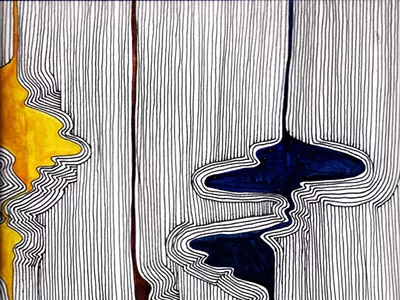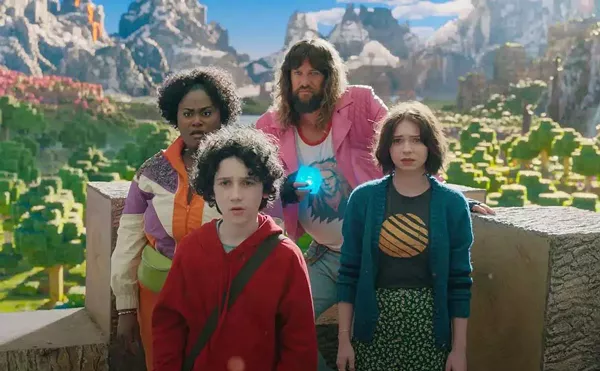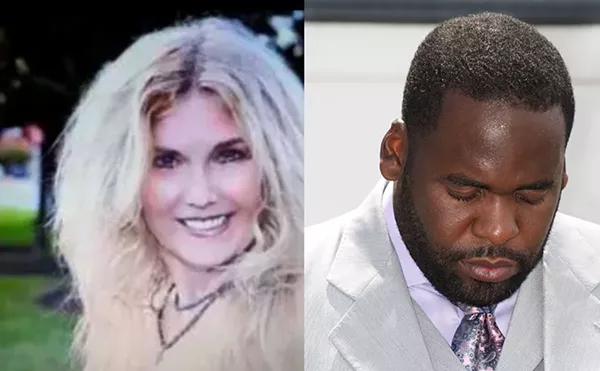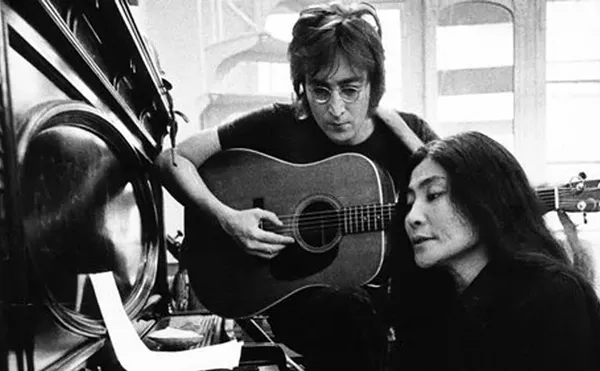The third annual Detroit Design Festival will see the city showcase emerging and established design talent Sept. 18-22 at venues throughout the city, including downtown, New Center, Eastern Market and 13 other neighborhoods.
Organizers are planning on hosting more than 300 designers who will display their work in the festival’s 70 different locations, spanning myriad design disciplines.
The five-day event is split into six paths: Community (innovative design applications, installations or interventions that improve the quality of life in our neighborhoods); Consumer (opportunities for designers to launch new products or services; clients and consumers identify new vendors, source creative projects and purchase design-forward products); Practitioner (professional development and networking opportunities); Enthusiast (rare glimpses into the people and places that inspire Detroit’s design community); Exploration (the role design plays in developing processes and products that improve our quality of life); and Youth (inspiring younger generations to consider design and creative professions).
“We are thrilled to put Detroit’s design talent in the spotlight before the DDF advisers and the rest of the world,” says Melinda Anderson, engagement manager for DC3 (Detroit Creative Corridor Center). “DDF gives people the rare opportunity to interact with hundreds of award-winning independent designers in one place. Practitioners, enthusiasts and the community at large will have the chance to discover and inspire one another. We’re really excited for everyone to come to DDF this year, including children and families, to enjoy a design adventure.”
While it is near impossible to list every offering, some notable events include the festival launch party on Sept. 17, Toyota Lecture Series on Sept. 18, and Eastern Market After Dark and the debut of The Love Song of R. Buckminster Fuller at the Detroit Institute of Arts on Sept. 19. Light Up Livernois, debuting a reinvigorated “Avenue of Fashion,” is on Sept. 20, and the Ludwig Mies van der Rohe Lafayette Park Walking Tours are on Sept. 22.
Matthew Clayson, director at DC3 who helped organize the festival, says DDF isn’t exclusively for the hardcore design guru. In fact, creating a multi-tiered, multi-day event was executed very much on purpose.
“There is a path for serious design gurus [and] a Practitioner path, which has everything from design thinking panels to design expos to industry award ceremonies,” Clayson says. “That goes down to the Community path, with community-based designs. Design that transforms neighborhoods, transforms underutilized spaces, that kind of stuff. We have a Youth path, focusing on inspiring and empowering the next generation of designers. We have an Enthusiast path, which is really like, ‘I just like to see pretty things. Where can I see them, and get lost in the city?’ We have a Consumer path. ‘I want to learn more about the design products and services that I can purchase in the city.’”
The Consumer path, in particular, should have some broad market appeal, since it’s everything from textile showcases to letter press studios, Clayson explains.
“There’s something for everyone, and that’s what makes it fun and challenging,” he says. “Some people will look through the program guide and think, ‘Oh, my God, how am I going to break this up?’ That’s how we began to break it up this year.”
It’s fairly well known that a tension exists between those that consider themselves to be artists and designers, though Clayson believes the lines are blurring.
“That goes back centuries,” he says. “It’s what’s commercial and what’s intrinsic. Classically, the studio arts, fine arts, performance arts are more intrinsic. It’s a release of energy and I’m doing it because I need to get it on paper, I need this form of self-expression. It might sell, but it may not. That’s not the point.
“Design is commission work. It’s work that is solving a need faced by a consumer and there is some kind of financial transaction for that solution … however, it’s been well documented that a more transitional movement has been happening with the advent of a digital technology; those two lines are blurred and there’s not such a distinction anymore.”
One of the more exciting aspects of the event this year is that so many designers are using it as a platform to launch new spaces and products.
“D:pop, a new space and design building, is opening its new space for it. The DC3, we’re launching our Artifact Makers Society, a new program. We’re adding a design pavilion on Tuesday night, bringing more of the serious design work into the opening party and seeing what the reaction to that will be. We’ll also be highlighting some of the design that already exists in the city, with the Mies van der Rohe Lafayette Walking Tours.”
Where to Start?
So how does a novice with perhaps a casual interest in design approach the festival?
“Go to the opening party on Tuesday, pick up your guide, do some networking, and see what it’s all about,” Clayson says. “Put on your academic hat and head to the Toyota Lecture Series; on Thursday, head to the Eastern Market After Dark. You want to get lost and see things that you haven’t seen before and you want a good night with your friends. Heck, you had such a good night out you take Friday off and you sleep in and head to Light Up Livernois.
“Get lost and see a part of Detroit that few outside of the area really know about. Saturday’s just a day to bring your kids down, Family Day. Check out some Legoland displays, the Alley Project in southwest Detroit, and design your own mask. Sunday is a lazy day. Do some tours. Check out some designers up close and personal. And then back to the grind on Monday.” Sounds like a plan.
The Detroit Design Festival runs from Sept. 18-22. The launch party is on Sept. 17. To find out more, see detroitdesignfestival.com. In next week’s Metro Times, more on the DDF.
Brett Callwood is a staff writer for Metro Times. Send comments to bcallwood@metrotimes.com.






